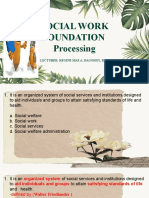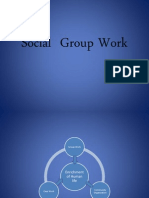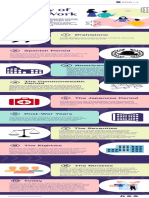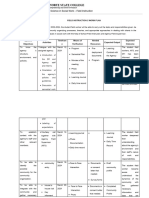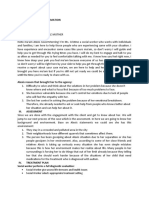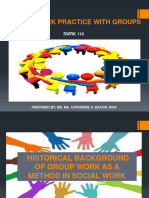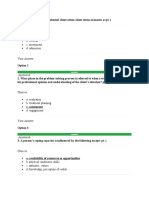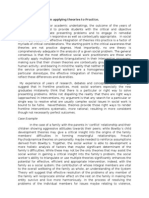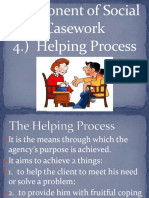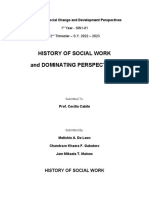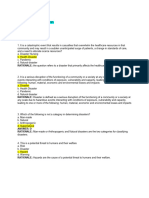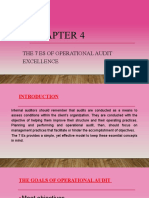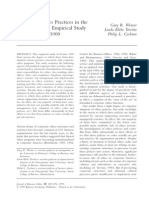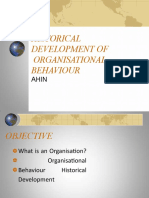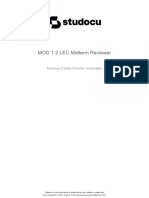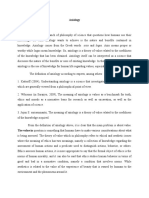0% found this document useful (1 vote)
487 views43 pagesSocial Work Documentation Guide
This document discusses the history and importance of social work documentation. It explains that social work is a regulated profession that requires adherence to codes of ethics and legislation. The document traces the evolution of social work documentation from early cursory notes to more detailed records. While documentation was seen as important from the beginning of organized social work, practices varied widely in early history and documenting services was not always considered a priority or habit. Standards for social work documentation have continued to develop over time.
Uploaded by
dnjsk eunciea kodeCopyright
© © All Rights Reserved
We take content rights seriously. If you suspect this is your content, claim it here.
Available Formats
Download as PDF, TXT or read online on Scribd
0% found this document useful (1 vote)
487 views43 pagesSocial Work Documentation Guide
This document discusses the history and importance of social work documentation. It explains that social work is a regulated profession that requires adherence to codes of ethics and legislation. The document traces the evolution of social work documentation from early cursory notes to more detailed records. While documentation was seen as important from the beginning of organized social work, practices varied widely in early history and documenting services was not always considered a priority or habit. Standards for social work documentation have continued to develop over time.
Uploaded by
dnjsk eunciea kodeCopyright
© © All Rights Reserved
We take content rights seriously. If you suspect this is your content, claim it here.
Available Formats
Download as PDF, TXT or read online on Scribd
/ 43












